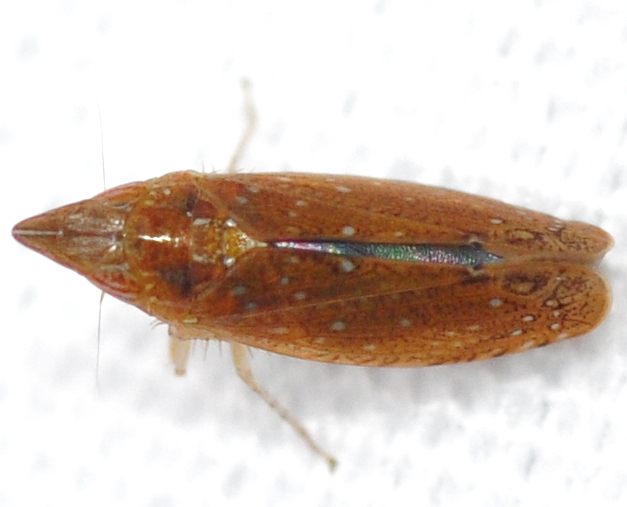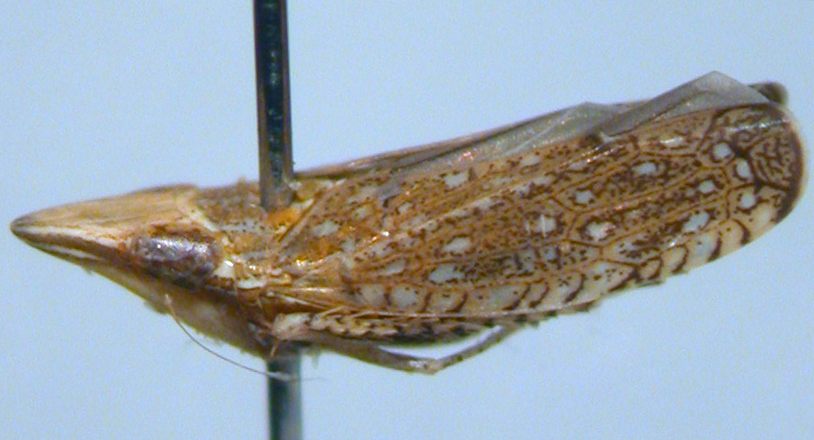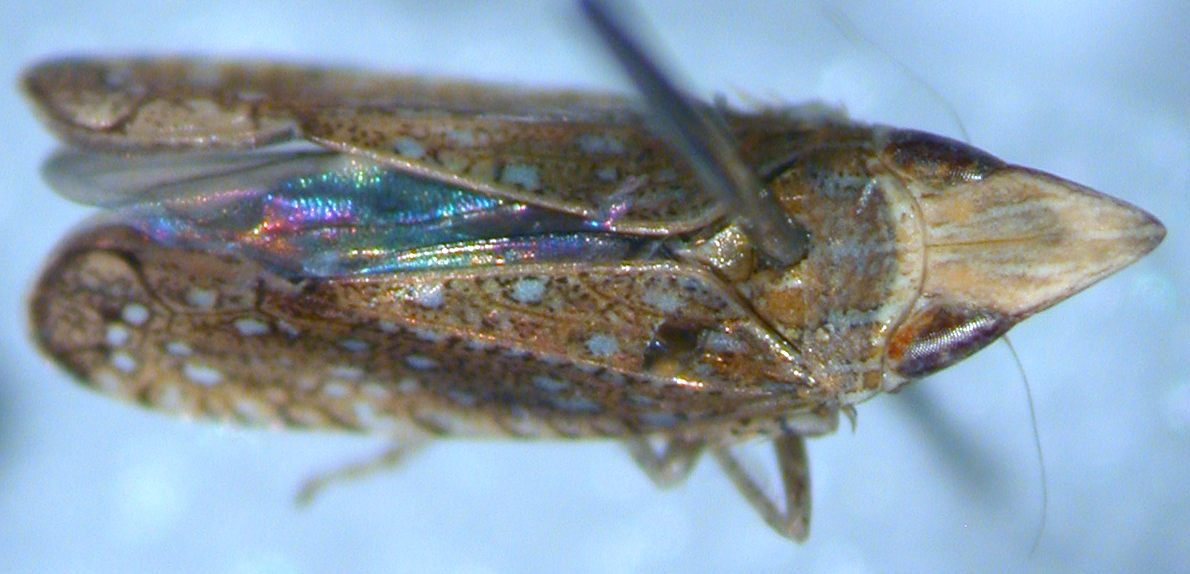Species Photo Gallery for Scaphytopius latus No Common Name 17 |
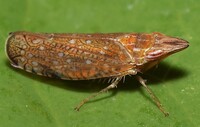 | Photo by: Rob Van Epps
Mecklenburg Co.
Comment: |  | Photo by: Rob Van Epps
Mecklenburg Co.
Comment: |
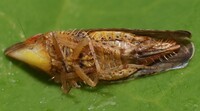 | Photo by: Rob Van Epps
Mecklenburg Co.
Comment: |  | Photo by: Bo Sullivan
Jones Co.
Comment: head is two times as long as wide between the eyes |
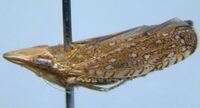 | Photo by: Bo Sullivan
Jones Co.
Comment: head is two times as long as wide between the eyes | 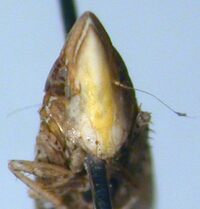 | Photo by: Bo Sullivan
Jones Co.
Comment: head is two times as long as wide between the eyes |
 | Photo by: Kyle Kittelberger
Out Of State Co.
Comment: |  | Photo by: Kyle Kittelberger
Out Of State Co.
Comment: |
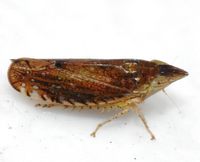 | Photo by: Kyle Kittelberger
Out Of State Co.
Comment: | 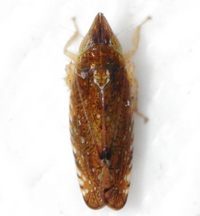 | Photo by: Kyle Kittelberger
Out Of State Co.
Comment: |
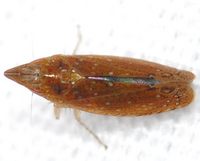 | Photo by: Kyle Kittelberger, Brian Bockhahn
Rockingham Co.
Comment: grassy area near mixed hardwood forest and a pond; tentative id | 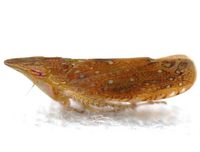 | Photo by: Kyle Kittelberger, Brian Bockhahn
Rockingham Co.
Comment: grassy area near mixed hardwood forest and a pond; tentative id |
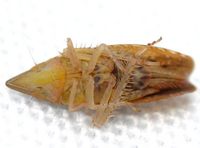 | Photo by: Kyle Kittelberger, Brian Bockhahn
Rockingham Co.
Comment: grassy area near mixed hardwood forest and a pond | 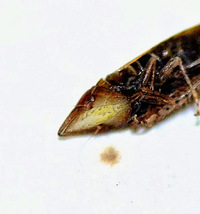 | Photo by: Paul Scharf
Warren Co.
Comment: Caught Sweeping |
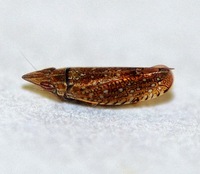 | Photo by: Paul Scharf
Warren Co.
Comment: Caught Sweeping | 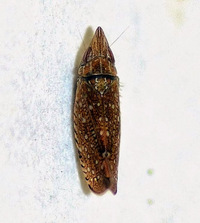 | Photo by: Paul Scharf
Warren Co.
Comment: Caught Sweeping |
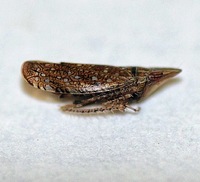 | Photo by: Paul Scharf
Warren Co.
Comment: Caught Sweeping |

 »
»
